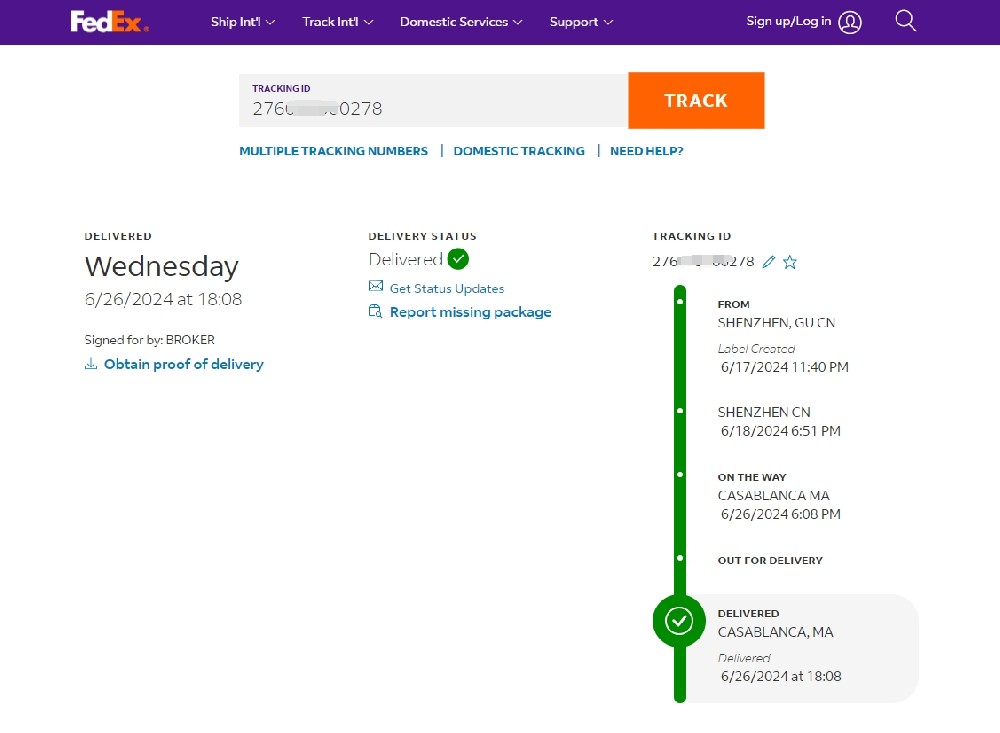

— Blogs —
—Products—
 Consumer hotline +8618073152920
Consumer hotline +8618073152920 WhatsApp:+8615367865107
Address:Room 102, District D, Houhu Industrial Park, Yuelu District, Changsha City, Hunan Province, China
Company news
Time:2024-06-27 09:34:42 Popularity:257

Automated weather station sensors exported to Morocco
Automatic weather station sensors are the core component of an automatic weather station and are used to collect and measure a variety of meteorological parameters, such as temperature, humidity, wind speed, wind direction, barometric pressure, precipitation and so on. Designed to provide accurate and reliable data under a variety of weather conditions, these sensors are indispensable tools in the fields of meteorological observation, environmental monitoring, agricultural management, and scientific research. The following is an introduction to several common automatic weather station sensors and their functions:
Air temperature and humidity sensors: used to measure the temperature and humidity in the atmosphere. These sensors usually use high-precision thermistor or capacitive humidity sensors, which can provide real-time temperature and humidity data, and are vital for assessing the state of the atmosphere and predicting weather changes.
Wind Speed and Direction Sensors: Used to measure wind speed and direction. Wind speed sensors are usually ultrasonic or rotating cup designs, while wind direction sensors use the vane principle. These sensors help meteorologists understand changes in wind speed and direction, which has important implications for weather forecasting, aviation safety, marine navigation, and more.
Atmospheric Pressure Sensors: are used to measure atmospheric pressure. It is based on the piezoresistive effect or capacitance change principle and can provide accurate readings of atmospheric pressure, which is important for predicting the movement of weather systems, determining altitude, etc.
Rain Sensor: Used to measure precipitation. Common designs include tipping bucket rain gauges and radar rain gauges. Tipping bucket rain gauges measure the amount of rainfall by turning the bucket over and counting, while radar rain gauges utilize the principle of radar wave reflection to measure the intensity and total amount of precipitation.
Soil temperature and humidity sensors: used to measure the temperature of the soil. These sensors are usually buried in the soil and can provide continuous monitoring data of the surface temperature, which is important for the study of surface energy balance, soil moisture evaporation, etc.
Prev:Soil temperature and moisture sensors exported to Canada
Next:Soil temperature and moisture sensors exported to Japan
Related recommendations
Sensors & Weather Stations Catalog
Agriculture Sensors and Weather Stations Catalog-NiuBoL.pdf
Weather Stations Catalog-NiuBoL.pdf
Related products
 Combined air temperature and relative humidity sensor
Combined air temperature and relative humidity sensor Soil Moisture Temperature sensor for irrigation
Soil Moisture Temperature sensor for irrigation Soil pH sensor RS485 soil Testing instrument soil ph meter for agriculture
Soil pH sensor RS485 soil Testing instrument soil ph meter for agriculture Wind Speed sensor Output Modbus/RS485/Analog/0-5V/4-20mA
Wind Speed sensor Output Modbus/RS485/Analog/0-5V/4-20mA Tipping bucket rain gauge for weather monitoring auto rainfall sensor RS485/Outdoor/stainless steel
Tipping bucket rain gauge for weather monitoring auto rainfall sensor RS485/Outdoor/stainless steel Pyranometer Solar Radiation Sensor 4-20mA/RS485
Pyranometer Solar Radiation Sensor 4-20mA/RS485
Screenshot, WhatsApp to identify the QR code
WhatsApp number:+8615367865107
(Click on WhatsApp to copy and add friends)